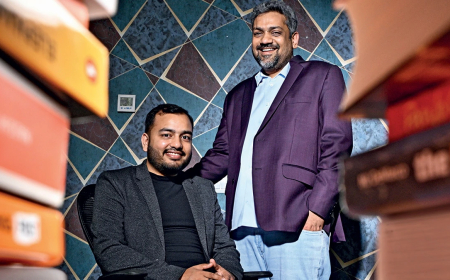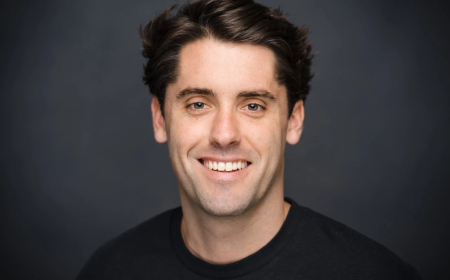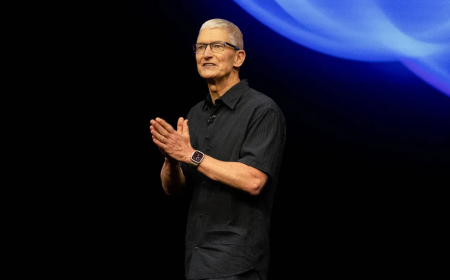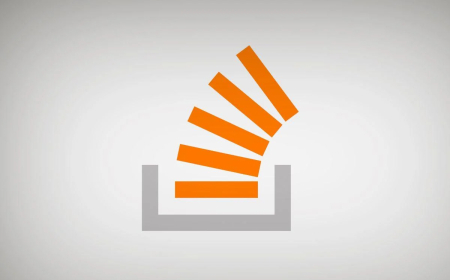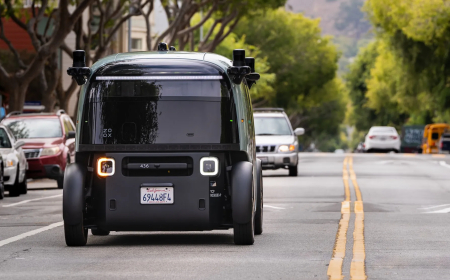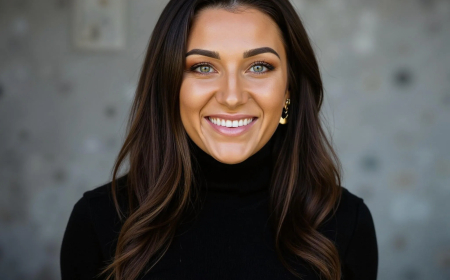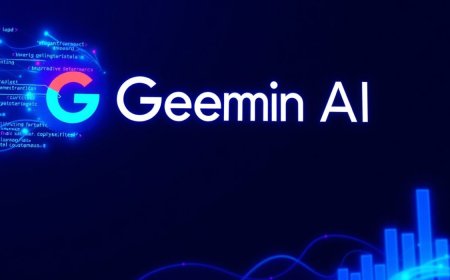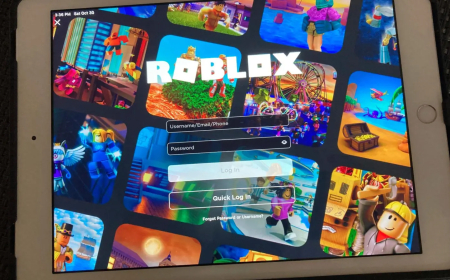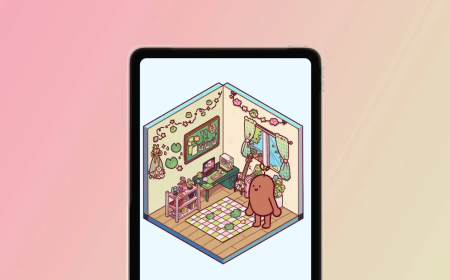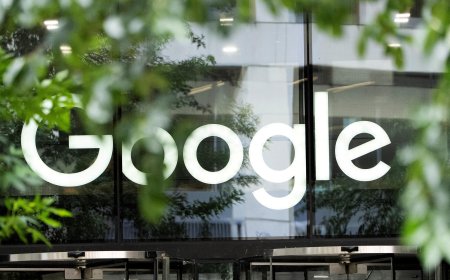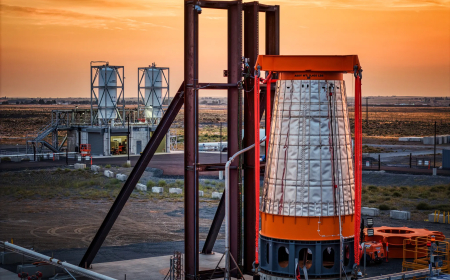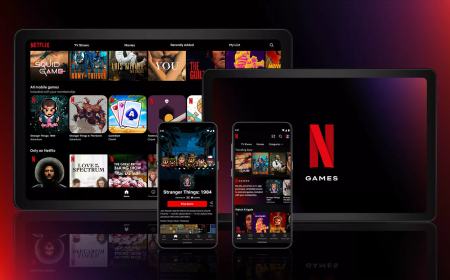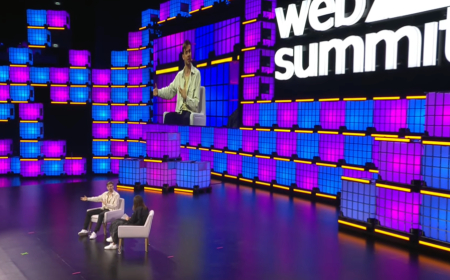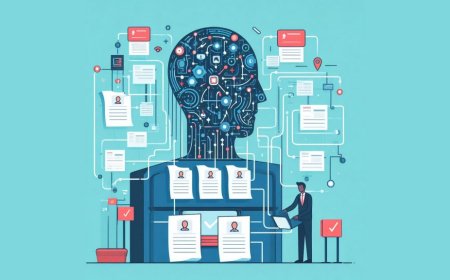OpenAI rolls out safety routing system, parental controls on ChatGPT
OpenAI introduces a safety routing system and parental controls for ChatGPT. The updates aim to handle sensitive conversations safely and provide parents with oversight of their teens' use.
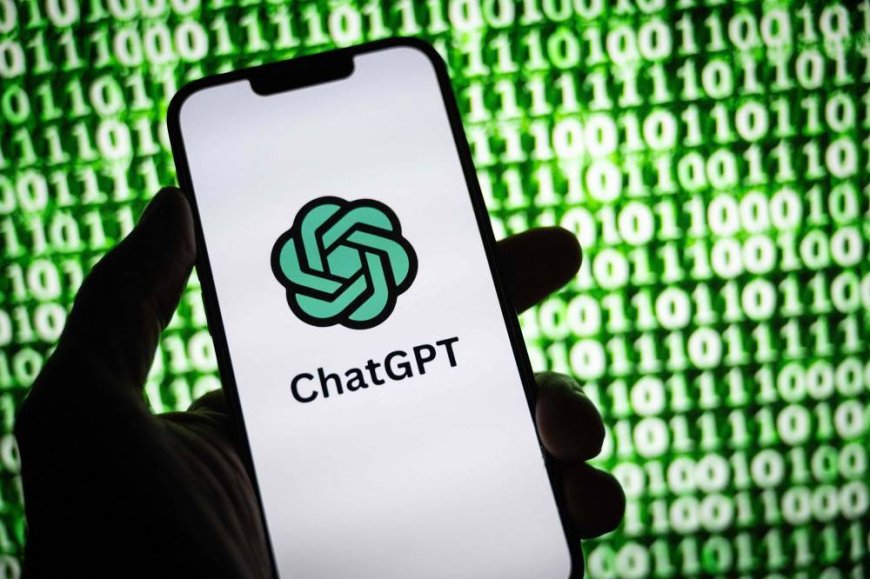
OpenAI has begun testing a new safety routing system in ChatGPT and introduced parental controls for the chatbot — updates that have drawn mixed reactions from users and experts alike.
The company stated that the safety features are part of an ongoing effort to prevent incidents in which ChatGPT models reinforce harmful or delusional thinking, rather than redirecting users toward help. The rollout follows mounting scrutiny and a wrongful death lawsuit filed against OpenAI, after a teenager reportedly died by suicide following months of troubling interactions with the chatbot.
A New Safety Routing System
The safety router is designed to automatically detect emotionally sensitive conversations and switch mid-chat to GPT-5 thinking, a variant of OpenAI’s latest model trained for high-stakes safety scenarios.
GPT-5 incorporates a system of “safe completions”, which allows the model to provide compassionate and constructive responses to sensitive topics instead of refusing to engage altogether.
This marks a shift from OpenAI’s previous approach. Earlier models, such as GPT-4o, were known for their agreeable and validating tone, sometimes reinforcing unhealthy beliefs or emotional distortions. While this made them popular among casual users, it also raised concerns about safety.
When GPT-5 became the default model in August, some users pushed back, requesting continued access to GPT-4o, citing differences in tone and personality.
Nick Turley, VP and head of the ChatGPT app, acknowledged the mixed feedback on social media:
“Routing happens on a per-message basis; switching from the default model happens on a temporary basis,” Turley wrote on X. “ChatGPT will tell you which model is active when asked. This is part of a broader effort to strengthen safeguards and learn from real-world use before a wider rollout.”
OpenAI stated that the new routing system will undergo 120 days of testing and iteration before its wider release.
Parental Controls Introduced
Alongside the router, OpenAI introduced new parental control tools for ChatGPT, providing parents with greater oversight of how their teenagers use the AI.
Parents can now set quiet hours, turn off voice mode or memory, block image generation, and opt out of model training for teen accounts.
ChatGPT will also include content protections designed to limit exposure to graphic material or harmful beauty ideals, along with AI-based detection systems that monitor signs of self-harm ideation.
“If our systems detect potential harm, a small team of specially trained people reviews the situation,” OpenAI explained in a blog post.
“If there are signs of acute distress, we will contact parents by email, text message, and push alert on their phone, unless they have opted out.”
The company acknowledged that false positives are possible but said it would rather err on the side of caution:
“We think it’s better to act and alert a parent so they can step in than to stay silent.”
OpenAI also noted it is exploring direct coordination with law enforcement and emergency services in cases where an imminent threat to life is detected and parents cannot be reached.
Mixed Reactions from Users
The updates have sparked debate among ChatGPT’s user base. Supporters argue that the features are a necessary step toward safer AI, while critics say the changes overreach and risk treating adult users like children.
OpenAI, meanwhile, maintains that these systems are part of a long-term commitment to responsible AI design, emphasising that safety and transparency will continue to evolve as real-world data is collected and analysed.
What's Your Reaction?
 Like
0
Like
0
 Dislike
0
Dislike
0
 Love
0
Love
0
 Funny
0
Funny
0
 Angry
0
Angry
0
 Sad
0
Sad
0
 Wow
0
Wow
0
